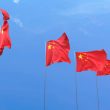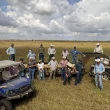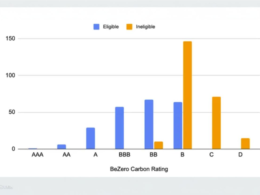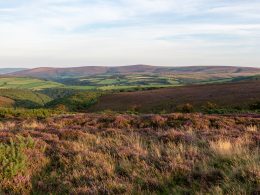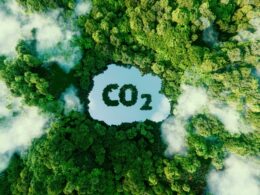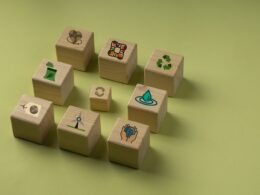Verra has released a new digital soil mapping (DSM) tool designed to improve the accuracy and credibility of carbon accounting in agricultural land management (ALM) projects. The methodology, VT0014 Estimating Organic Carbon Stocks Using Digital Soil Mapping, Version 1.0, provides guidance on developing, calibrating and validating data-driven models to measure soil organic carbon (SOC) stocks. It also incorporates uncertainty estimates, making results more robust and verifiable.
Unlike traditional soil sampling, DSM offers broader spatial coverage, higher resolution, greater precision and reduced costs. By using advanced technologies such as remote sensing, the tool lowers barriers to participation, enabling more stakeholders to access carbon markets. Verra said this innovation would scale up climate action while delivering benefits for farming communities through improved soil health, higher yields and strengthened food security.
The tool has been approved for use under Verra’s Methodology for Improved Agricultural Land Management (VM0042) and the Methodology for Sustainable Grasslands through Adjustment of Fire and Grazing (VM0032). A forthcoming corrections and clarifications document will outline procedures for applying VT0014 under current and future versions of these methodologies.
Research suggests ALM projects could deliver annual emission reductions and removals of up to 9.6 gigatonnes of CO₂ equivalent by 2050, if widely adopted. Beyond climate mitigation, such projects support ecosystem resilience by encouraging practices like crop rotation and agroforestry.
The development of VT0014 was led by Perennial and Verra, with support from TerraCarbon and contributions from an expert working group specialising in DSM. The tool also underwent independent expert review.












